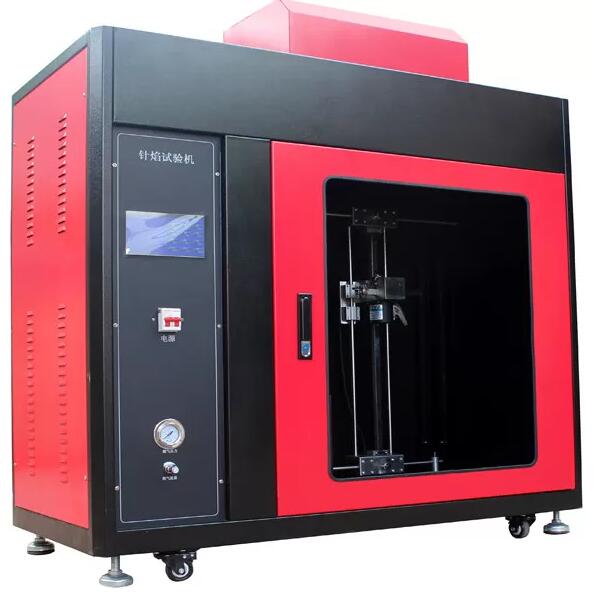
NewsInformation Center
What are the standard regulations for vertical and horizontal flame tests?
2023/06/05
Standard regulations for vertical and horizontal flame tests vary by country, but the following are some common test standards:
1. ASTM D6413
This is a vertical flame test standard developed by the American Society for Testing and Materials (ASTM) for materials such as textiles and plastic films.
2. UL94
This is a vertical and horizontal flame test standard developed by U.S. Underwriters Laboratories (UL) for plastic materials.
3. ISO 6940 and ISO 6941
This is a standard for vertical and horizontal flame tests developed by the International Organization for Standardization (ISO) and applies to textiles and other materials.
4. GB/T 5455 and GB/T 8626
This is a vertical and horizontal flame test standard developed by the Standardization Administration Committee of China (SAC) and is applicable to various materials.
These standards specify test procedures, test parameters and evaluation methods of test results to ensure the accuracy and reliability of tests. The test results are usually described by parameters such as material burning rate, flame propagation speed, burning time and residue after burning.
When conducting vertical and horizontal flame test, it is necessary to conduct tests in accordance with the test procedures and parameters specified in the standards, and use the evaluation methods specified in the standards to analyze and evaluate the test results. This ensures the accuracy and reliability of test results for proper material selection and safety assessment.
Previous: What is color matching cabinet for?
N e x t : What is a 12-second vertical flammability test?




